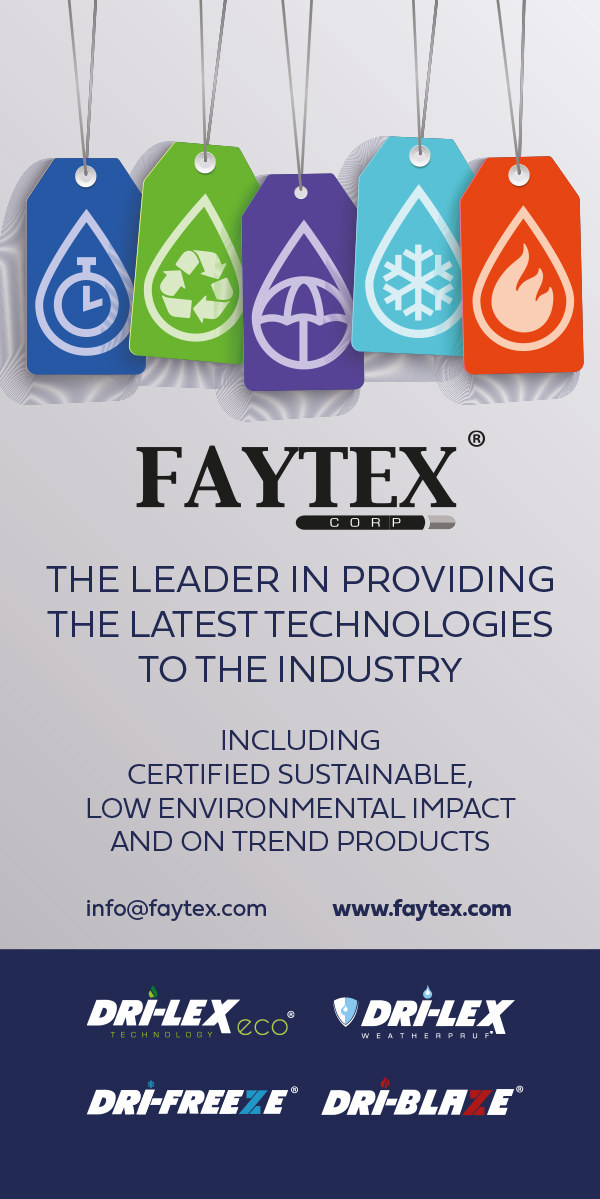Ripe for disruption

Innovation hub Fashion for Good, has issued a call for innovators to help it create a more circular footwear supply chain.
Seven brands and retail groups are to work with innovation hub Fashion for Good to try to make the footwear supply chain more circular. They have said this initiative will build on work that Amsterdam-based Fashion for Good is already doing to scout and validate start-ups that are offering innovative ideas to help textile and apparel groups make their supply chains more sustainable.
On Running, PVH Corp, Inditex, adidas, Reformation, Target and Zalando are the companies that will take part in the new programme for footwear. The partners have said they will address “key intervention points needed to drive footwear circularity”.
September deadline
Because it identifies industry-wide collaboration as a vital part of overcoming “the various roadblocks we face in this space”, Fashion for Good has issued a call for action, asking “all relevant innovators” to apply to join in the movement. They have until September 20 to do so.
It says that around 23.9 billion pairs of shoes are produced globally each year and that these are often made using more than 40 different components per shoe. “The vast majority of discarded footwear ends up in landfill,” Fashion for Good explains. It adds that it wants to work with its seven partners and with the start-ups that join the programme to accelerate innovation and “lay the foundation for footwear circularity”.
Footwear reimagined
This effort will span four work streams across the supply chain and ability to contribute to them is what will make innovators relevant here. The first is to identify sustainable footwear materials. Second, traceability of materials will also be part of the work. The third work stream focuses on design because the programme will seek to define circular design in footwear and to build “a circular infrastructure”. Work stream number four focuses on end of use, including sorting, disassembly and recycling. The partners want to develop comprehensive data on post-consumer footwear waste flows.
Fashion for Good managing director, Katrin Ley, says: “We and our corporate partners recognise the urgent need to accelerate innovation in footwear sustainability. Over the past seven years, we have consistently broken norms across various segments and are now leveraging our expertise to reimagine footwear, a segment ripe for disruption.”
But none of the work streams that innovators are being asked to contribute to here is straightforward. Traceability ambitions include establishing a new “footwear traceability data protocol”. As well as making shoes traceable, Fashion for Good’s intention is that this protocol should also provide evidence to substantiate sustainability claims that brands make about their products. Likewise, data is also at the core of work stream number four. The plan is to develop a comprehensive data set on post-consumer footwear waste flows to help manage disassembly and recycling. And once “circularity guidelines” are in place, the design workstream will focus on how footwear designers can make sure their work is in keeping with those guidelines, driving them forward and building “a circular infrastructure”.
Limited portfolio
The focus on materials seems to have received an immediate welcome from the footwear world. Sigrid Buehrle, the senior vice-president for product operations at one of the brands involved in the new Fashion for Good initiative, adidas, says she hopes it will bring change. Specifically, she thinks it may help brands and manufacturers identify a wider range of materials for use in their shoes. These must be materials that have a low impact on the environment, meet performance requirements and are also scalable. “Currently, there is a limited portfolio of these,” she says. “We hope this initiative will help overcome some of the hurdles.”
Materials that Fashion for Good highlights polyurethane (PU), thermoplastic polyurethane (TPU), ethylene vinyl acetate (EVA), leather and rubber in its initial statement about materials. What it says about them is not completely clear. A press release it shared at the time of the announcement says “scouting and validating sustainable alternatives for footwear materials including TPU, PU, EVA, leather, and rubber” will be part of this workstream. On the face of it, this could mean different things.
It is most likely that the innovation hub wants to find alternatives to TPU, PU, EVA, leather and rubber for footwear producers to use in place of these materials. An alternative reading of the statement is that TPU, PU, EVA, leather and rubber could be among the possible alternatives that brands and manufacturers can consider in their attempts to build what it keeps calling “footwear circularity”. We have asked Fashion for Good to clarify this but without success. If, as seems likely, it hopes for innovators to come forward with viable alternatives, but low-impact, high-performing, scalable options continue to remain in short supply after it scrutinises the responses from innovators, perhaps it will have a rethink.
Increasingly sustainable versions of many polymers are available now, featuring partly bio-based, renewable raw materials. Latex also continues to attract the imaginations of innovative people, as an August 2024 announcement from Seattle-based materials science company Yulex shows. After years of research and development, the company has launched Yulex 2.0, which it describes as natural rubber with increased elasticity and stretch.
Under our noses
Then there is leather. In 2021, with millions of hides going to waste every year, sustainability consultant Veronica Bates Kassatly said: “The most sustainable shoe fibre at present is leather from low-quality hides. No contest.” In the global context, heavy Texas steer hides are far from low-quality, but they are a product for which we have accurate historical and current price information and, therefore, can help illustrate this point. At their historical peak in 2014, these hides were fetching more than $125 per piece. At the time of Ms Bates Kassatly’s assertion in 2021, heavy Texas steer hides, at the heavier end of the weight range, were selling for $29 each. In August 2024, they were going for $16.50. To repeat, these hides are, typically, not low-quality, but they are low-cost these days and this helps make the sustainability consultant’s argument even more forcibly.
If more footwear brands chose to use leather from these affordable hides, they would save huge volumes of useful, versatile, high-performance, beautiful raw material from going to waste. It would also mean there would be less need to use environmentally problematic synthetic substitutes that make the circularity problem so difficult to resolve in footwear. Perhaps the materials most suited to bringing about circularity in footwear are in front of our noses.
Fashion for Good headquarters in Amsterdam.
Credit: Presstigieux












